Winnipeg’s Guide to Roof Maintenance for Summer
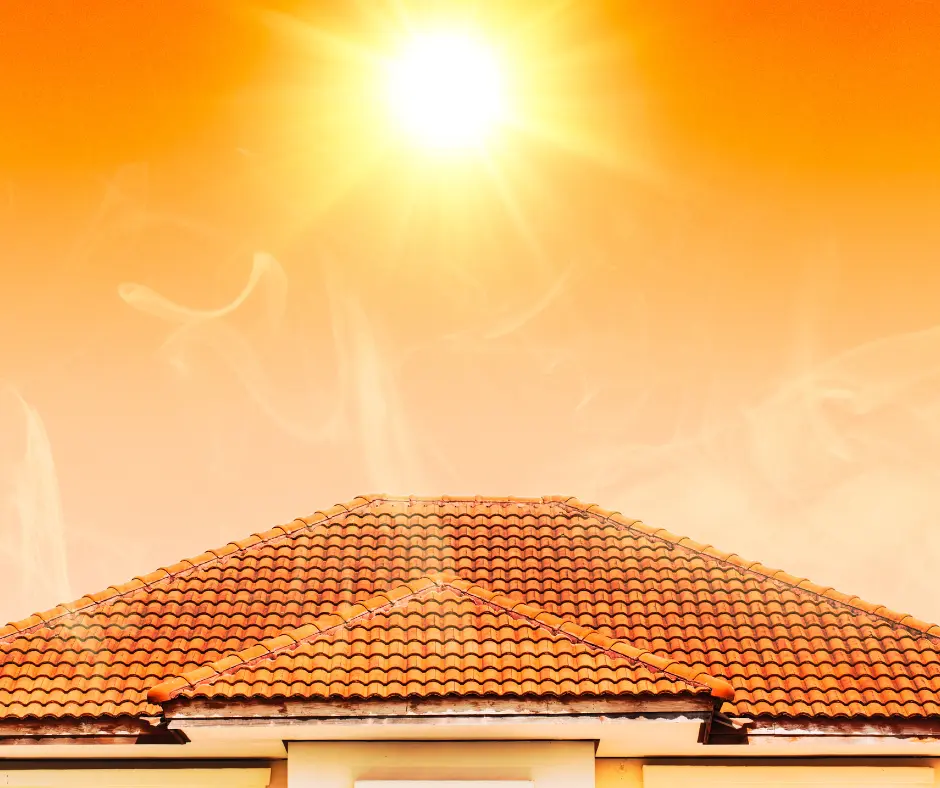
Summer in Winnipeg brings intense heat and unexpected storms that can put your roof to the test. As your home’s first line of defense against harsh weather, your roof needs proper attention during these warm months. This is why we believe that roof maintenance for Summer is non-negotiable.
Taking care of your roof now can help you avoid costly repairs and extend its lifespan by up to 15 years. Whether you’re a new homeowner or a seasoned property owner, this guide will walk you through the necessary maintenance steps to protect your investment from Manitoba’s unique summer conditions. Plus, you’ll learn how to spot early warning signs of damage before they become major problems.
Key Takeaways:
- Manitoba’s intense summer heat and sudden thunderstorms can strain Winnipeg roofs – scheduling a professional inspection in late spring helps identify winter damage and prepares your home for the upcoming season
- Clear your eavestroughs and downspouts of debris regularly during the summer months, as Winnipeg’s mature elm trees and landscaping can cause blockages that lead to water damage and ice damming later in the year
- Look out for missing or damaged shingles after summer storms – Winnipeg’s weather patterns can bring strong winds and hail that may compromise your roof’s integrity and lead to leaks if not addressed promptly
The Sun’s Assault – Combating UV Rays and Heat
Understanding Shingle Degradation
Winnipeg’s intense summer sun can raise roof surface temperatures to over 65°C (150°F), causing asphalt shingles to deteriorate faster than you might expect. The combination of UV radiation and extreme heat triggers a process called thermal cycling – your shingles expand during hot days and contract during cooler nights, gradually weakening the material’s structural integrity. This constant movement leads to granule loss, leaving bare spots that accelerate aging and reduce your roof’s protective capabilities.
The degradation process becomes particularly aggressive during July and August when Winnipeg experiences its longest daylight hours. Your roof’s south and west-facing slopes typically show the first signs of UV damage, with symptoms including curling edges, surface cracks, and faded coloring. These changes aren’t just cosmetic – they can reduce your shingles’ expected lifespan by up to 40% if left unaddressed.
Strategies for Protecting Roof Surfaces
To shield your roof from Manitoba’s harsh summer sun, consider installing proper attic ventilation systems that can reduce surface temperatures by up to 30%. Ridge vents combined with soffit vents create an effective airflow pattern that helps maintain consistent temperatures across your roof surface. Adding a layer of reflective coating to your shingles can deflect up to 80% of solar radiation, significantly extending their lifespan.
Professional roofers in Winnipeg often recommend scheduling preventive maintenance during early summer mornings when temperatures are moderate. This timing allows for thorough inspection of UV-related damage and implementation of protective measures before the peak heat arrives. Regular maintenance can extend your roof’s life by 5-10 years while maintaining its ability to protect your home effectively.
Modern roofing technologies offer additional protection options, including cool-roof systems that incorporate specialized granules designed to reflect more sunlight. These advanced materials have been shown to reduce cooling costs by up to 15% during Winnipeg’s warmest months while providing superior protection against UV degradation. Your choice of shingle color also plays a crucial role – lighter shades typically absorb 30% less heat than darker alternatives.
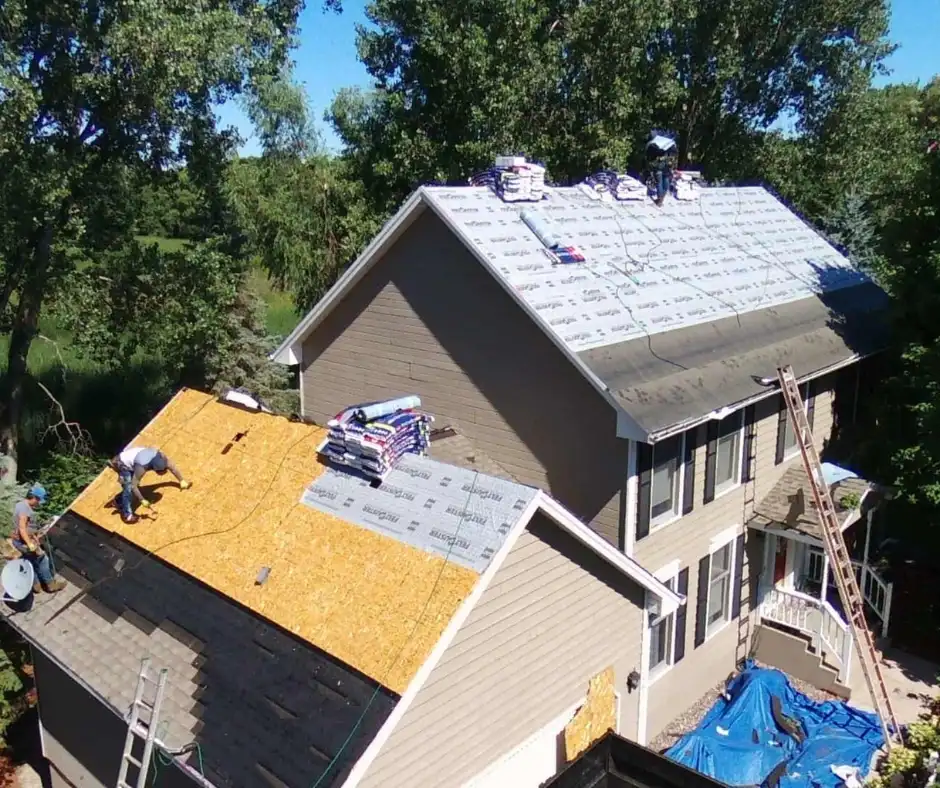
Thermal Shock: The Silent Roof Killer
Winnipeg’s extreme temperature swings can wreak havoc on your roof through thermal shock – the rapid expansion and contraction of roofing materials due to sudden temperature changes. During summer months, your roof can heat up to 80°C during peak afternoon sun, then quickly drop 20-30 degrees as evening thunderstorms roll in, putting immense stress on materials.
Effects of Temperature Fluctuations on Materials
| Material | Effects of Thermal Shock |
|---|---|
| Asphalt Shingles | Curling, cracking, and granule loss |
| Metal Roofing | Loosening of fasteners, warping |
| Rubber Membrane | Shrinkage, splitting at seams |
| Wooden Shakes | Splitting, cupping, warping |
Mitigation Techniques to Enhance Roof Durability
You can protect your roof from thermal shock by implementing proper ventilation systems. A well-designed combination of soffit and ridge vents helps maintain consistent temperatures across your roof surface. Installing high-quality underlayment provides an additional buffer against temperature extremes, while selecting materials rated for Winnipeg’s climate ensures better thermal shock resistance.
Professional inspection of your roof’s ventilation system by All Weather Exteriors can identify weak points where thermal stress may concentrate. The team can assess your attic’s airflow patterns and recommend targeted improvements, such as additional vents or reflective barriers, that can reduce temperature fluctuations by up to 30%. Regular maintenance and timely repairs of any damage prevent thermal shock from compromising your roof’s structural integrity.
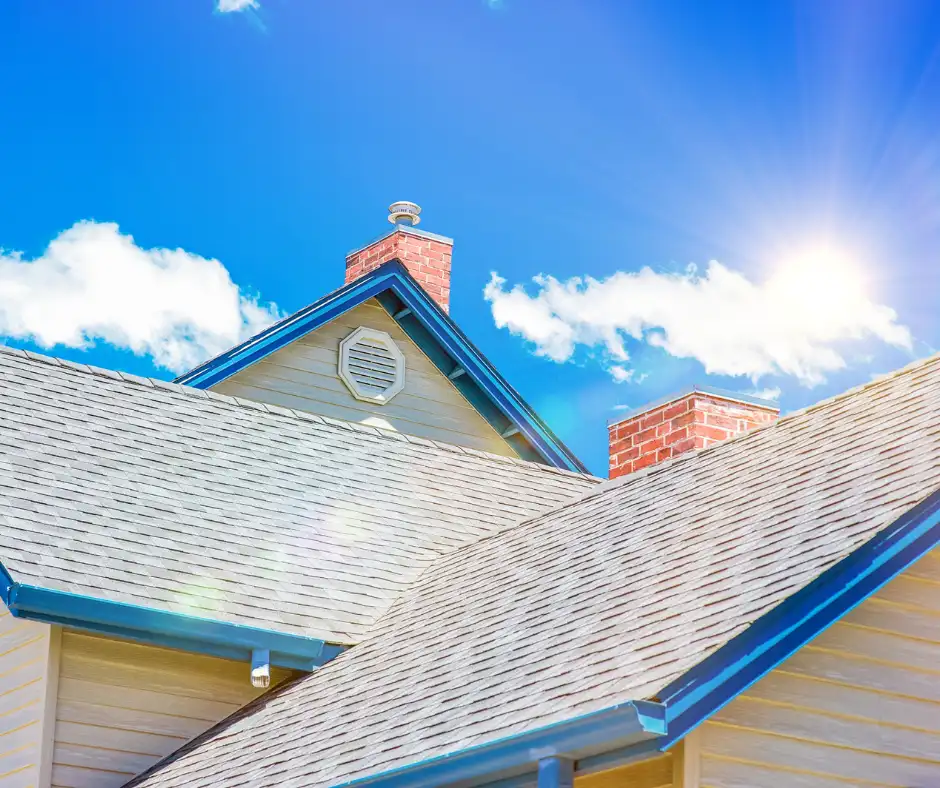
Battling Storms and High Winds By Fortifying Your Roof
Recognizing Vulnerabilities During Severe Weather
Winnipeg’s summer storms can unleash winds exceeding 90 km/h, putting significant stress on your roof’s most exposed areas. The corners and edges of your roof typically face the highest risk of wind damage, while loose or aging shingles become prime targets for uplift and tearing. Signs of vulnerability include curling shingles, damaged flashing around vents, and gaps in your roof’s defense system that could allow water infiltration during heavy downpours.
Your roof’s age and previous maintenance history play major roles in its storm resilience. Roofs over 15 years old often show increased susceptibility to wind damage, particularly if they’ve endured multiple Manitoba winters. Watch for granule loss on shingles, separated seams in the membrane, and any existing water stains on your ceiling – these indicate weak points that summer storms could quickly transform into serious problems.
Reinforcement Methods to Withstand Winnipeg’s Elements
Professional roofers can strengthen your roof using specialized techniques like enhanced nailing patterns and high-wind-rated materials designed specifically for Prairie weather conditions. Installing six nails per shingle instead of the standard four provides additional wind resistance, while upgrading to impact-resistant shingles offers superior protection against both wind and hail damage. Strategic placement of roof strapping and hurricane clips creates a continuous load path from your roof to your home’s foundation.
Modern roofing technologies now include advanced adhesive systems that create a watertight seal between shingles, dramatically improving wind resistance. For flat commercial roofs, installing additional membrane fasteners and reinforced edge details helps prevent wind uplift damage. These reinforcement methods, combined with proper maintenance, can extend your roof’s lifespan by 5-10 years while providing peace of mind during Winnipeg’s unpredictable summer weather.
The investment in wind-resistant upgrades pays off through reduced storm damage and lower long-term maintenance costs. Professional installation of starter strips, proper overhang measurements, and sealed roof deck systems creates multiple layers of protection against wind infiltration. These systems work together to maintain your roof’s integrity even when faced with Winnipeg’s most challenging summer weather conditions.
Humidity and Moisture – Stopping Hidden Damage
Identifying Risks of Condensation and Rot
Winnipeg’s humid summers create perfect conditions for moisture-related roof damage that often goes unnoticed until major problems develop. Your attic’s temperature can soar above 50°C during peak summer days, causing humid air to condense when it meets cooler surfaces. This condensation leads to wood rot, mold growth, and deterioration of your roof’s structural components. Signs of moisture problems include water stains on ceiling corners, musty odors in your upper floors, and visible condensation on roof vents.
The freeze-thaw cycles common to Manitoba’s climate make your roof particularly vulnerable to moisture damage. When trapped moisture freezes and expands in small cracks or between shingles, it creates larger gaps that allow more water infiltration. Your roof’s underlayment and decking can become compromised without any visible signs from the outside.
Solutions for Maintaining a Dry Roofing System
Proper ventilation serves as your first line of defense against moisture damage. A well-designed system should provide 1 square foot of ventilation for every 300 square feet of attic space. Installing ridge vents along with soffit vents creates continuous airflow that removes humid air before it can condense. Modern moisture barriers and properly installed underlayment provide additional protection against water infiltration.
Regular inspections of your attic space during the summer months help catch moisture issues early. Look for dark spots on wooden beams, rusted nail heads, and damp insulation – all indicators of excess humidity. Adding extra ventilation fans or upgrading your existing vents can significantly improve air circulation and prevent moisture buildup, especially in older Winnipeg homes with limited roof ventilation.
Consider scheduling professional moisture assessments every 2-3 years to detect hidden problems. Advanced moisture meters and thermal imaging can identify trouble spots before visible damage occurs. Your roofing professional can also assess whether your current ventilation system meets local building codes and recommend upgrades specific to your home’s architecture and Winnipeg’s climate conditions.
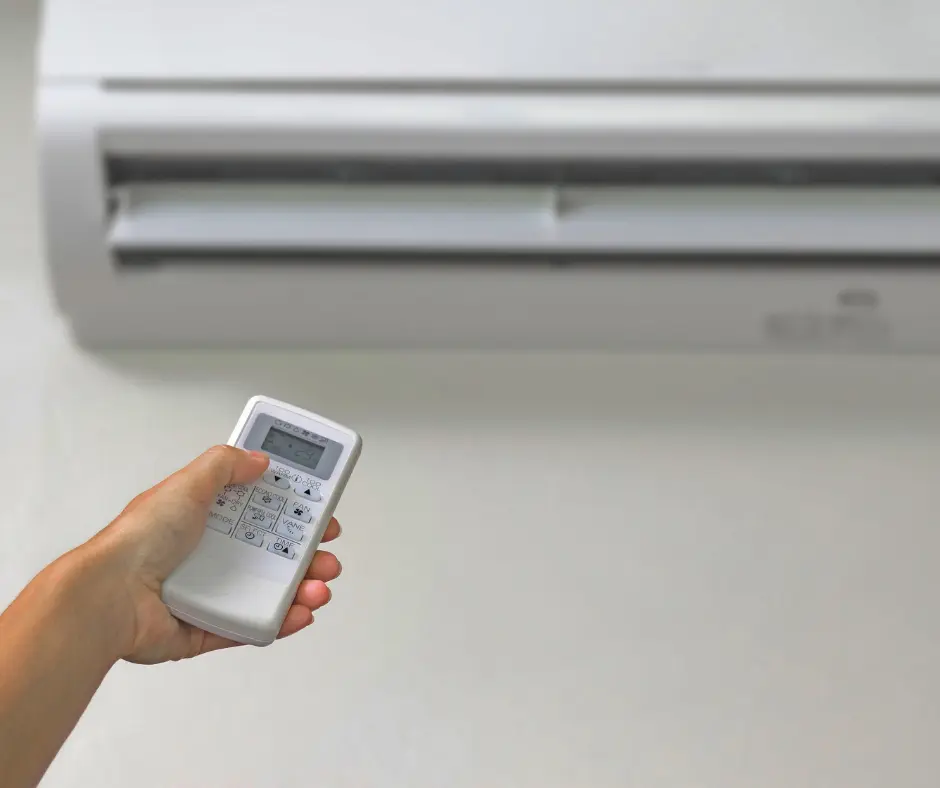
Essential Summer Roof Maintenance Checklist
Comprehensive Shingle Inspection Strategies
Walk around your home’s perimeter with binoculars to spot any missing, curled, or damaged shingles that Winnipeg’s harsh winter may have left behind. Pay particular attention to areas around vents and chimneys where shingles are more likely to show wear. Document any areas showing granule loss or discoloration, as these indicate your shingles are approaching the end of their lifespan.
Schedule a professional inspection if you notice multiple problem areas or if your roof is over 15 years old. Winnipeg’s extreme temperature fluctuations can accelerate shingle deterioration, making regular professional assessments necessary for preventing costly water damage.
Importance of Gutter and Flashing Maintenance
Clear your gutters of debris and check that downspouts direct water at least six feet away from your home’s foundation. Inspect all flashing around chimneys, vents, and skylights for signs of separation or rust. Proper drainage prevents ice dam formation during Winnipeg’s winter months and protects your foundation from water damage.
Consider installing gutter guards to reduce maintenance needs and ensure consistent water flow. Replace any corroded or loose flashing immediately to maintain your roof’s water-tight seal.
Attic Ventilation: Key to Temperature Control
| Minimum Ventilation Ratio | 1:300 (1 sq ft of ventilation per 300 sq ft of attic space) |
| Optimal Temperature Range | 20-30°C in the summer months |
Your attic’s ventilation system requires regular assessment to maintain optimal airflow. Check that all vents remain unobstructed and soffit vents are free from insulation blockage. Proper ventilation can reduce your cooling costs by up to 15% during Winnipeg’s warm summer months.
Practical Tips for Tree Management and Pest Prevention
- Trim overhanging branches at least 10 feet away from your roof
- Check for animal entry points around eaves and soffits
- Remove moss or algae growth using appropriate cleaning solutions
- Install zinc or copper strips near the roof peak to prevent future growth
Maintain a proactive approach to vegetation management by scheduling regular tree trimming and inspecting your roof for signs of pest activity. Professional pest control services can help identify and address potential issues before they cause significant damage. Knowing the early warning signs of pest infestation can save you thousands in future repairs.
Frequently Asked Questions about Roof Maintenance For Summer
How often should Winnipeg homeowners inspect their roofs during summer?
Winnipeg residents should conduct roof inspections at least twice during summer – once in early June after spring thaws, and again in late August before fall arrives. Regular checks help identify potential issues from our intense summer storms and prevent costly repairs. Professional inspections from All Weather Exteriors are recommended for a thorough assessment.
What summer weather conditions in Winnipeg can damage my roof?
Winnipeg summers bring specific challenges, including intense UV rays, sudden thunderstorms, and extreme temperature fluctuations. These conditions can cause shingle deterioration, granule loss, and expansion/contraction of roofing materials. High winds during summer storms can also lift shingles and drive debris into roof valleys.
How can I maintain proper attic ventilation during Winnipeg summers?
Proper attic ventilation is vital for Winnipeg homes during the summer months. Ensure all roof vents are clear of debris, soffit vents are unobstructed, and attic fans are functioning correctly. Good ventilation prevents heat buildup, which can reach over 60°C in poorly ventilated attics, leading to premature shingle aging and increased cooling costs.
What signs indicate my Winnipeg roof needs immediate summer maintenance?
Watch for warning signs, including curled or buckled shingles, missing granules in your gutters, water stains on your ceiling, peeling exterior paint, or excessive growth of moss/algae. If you notice any of these issues, contact All Weather Exteriors immediately for professional assessment and repairs.
How can I prepare my roof for Winnipeg’s summer storm season?
Start by clearing gutters and downspouts of debris, trimming overhanging tree branches, and checking for loose or damaged shingles. Ensure all flashing around chimneys and vents is secure. Having All Weather Exteriors conduct a pre-summer inspection can identify potential weaknesses before storm season hits, protecting your home from water damage
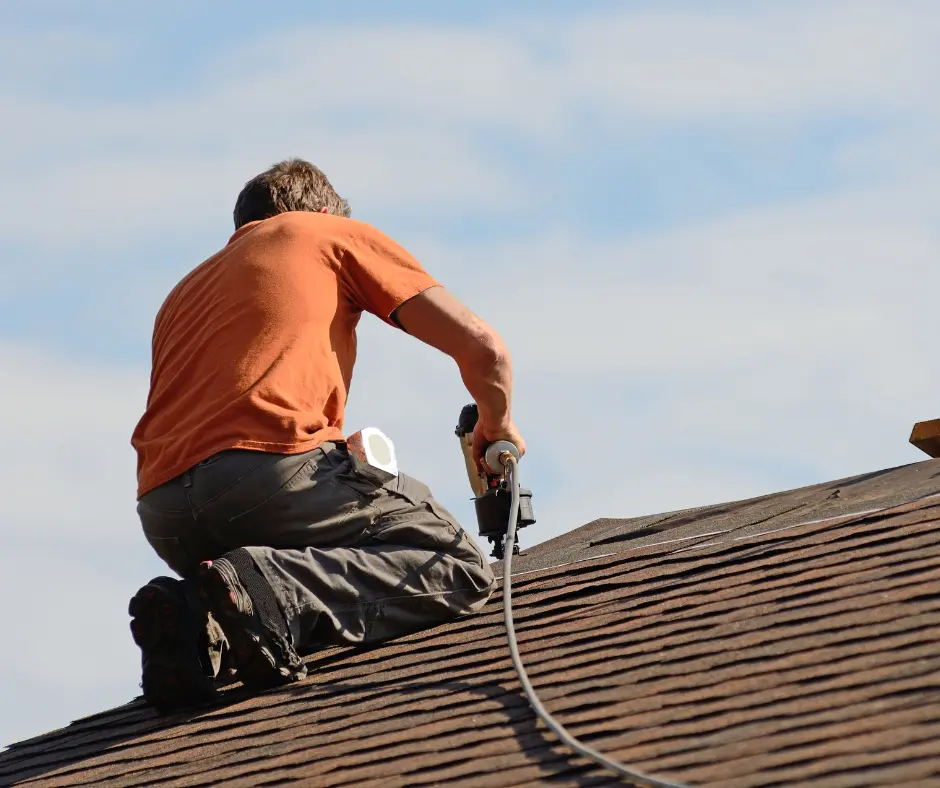
So, taking care of your roof during Winnipeg’s summer months is one of the best investments you can make for your home’s longevity.
By following these maintenance guidelines, you’ll be well-equipped to protect your roof against our unique prairie weather conditions, from intense UV rays to unexpected summer storms. Your proactive approach to roof maintenance for summer now can save you thousands in potential repairs down the road.
If you’re unsure about any aspect of your roof’s condition or need professional assistance, don’t hesitate to reach out to All Weather Exteriors. As Winnipeg’s leading roofing experts, we’re here to help you maintain your roof’s integrity throughout the summer and beyond. Your roof is your home’s first line of defense, and keeping it in top shape will ensure your family stays protected through every Winnipeg season.

Leave a Reply
You must be logged in to post a comment.